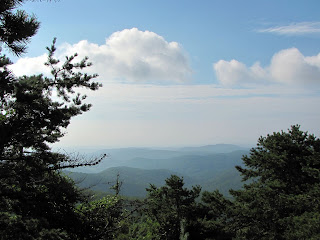 |
| Spanish moss framing the purple blazing star growing around the airstrip |
 |
| The excavated cross-section of a shell ring, source: GeorgiaEncyclopedia.org |
 |
| Ruins of the old tabby sugar mill at Long Tabby |
 |
| First African Missionary Baptist Church |
 |
| Deer browsing next to the crumbling greenhouses near the Reynolds mansion |
More on Sapelo Island:
An Introduction, Nanny Goat Beach and the Hog Hammock community
The Sapelo Island lighthouse
Tour the Reynolds Mansion
Your guide to visiting Sapelo Island














































